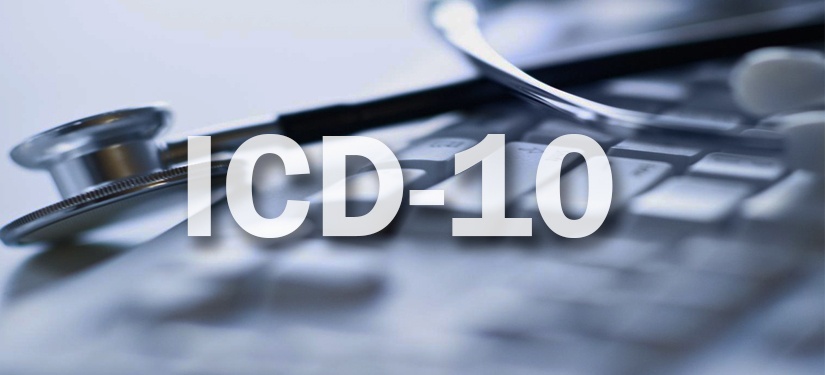Tag: code
-

E/M Code Changes: A Deeper Dive at What Could be Coming for 2021
This is the second in a series of articles reviewing notable changes in the 2019 Physician Fee Schedule Final Rule and provides a deeper discussion of the potential changes to the E/M Coding regime scheduled to take effect in 2021. For the original article, please see Evaluating and Managing the E/M Codes for 2019 and…
-

FY 2019 ICD-10 Code Changes Released
The Centers for Disease Control and Prevention has released the fiscal year 2019 ICD-10-CM code changes, which become effective Oct. 1. The changes include 473 total new code changes with 279 new codes, 143 revised codes, 51 deactivated codes, and 39 additional changes added from a proposed rule list. There are changes to the International…
-

Medicare Releases 2017 Physician Fee Schedule Final Rule
The Centers for Medicare and Medicaid Services released its final rule for its 2017 physician fee schedule payment policies, which updates payment policies and payment rates for services provided under the Medicare Physician Fee Schedule (PFS) starting Jan 1, 2017. The 1,400-page 2017 final rule discusses changes to a number of new policies that reflect…